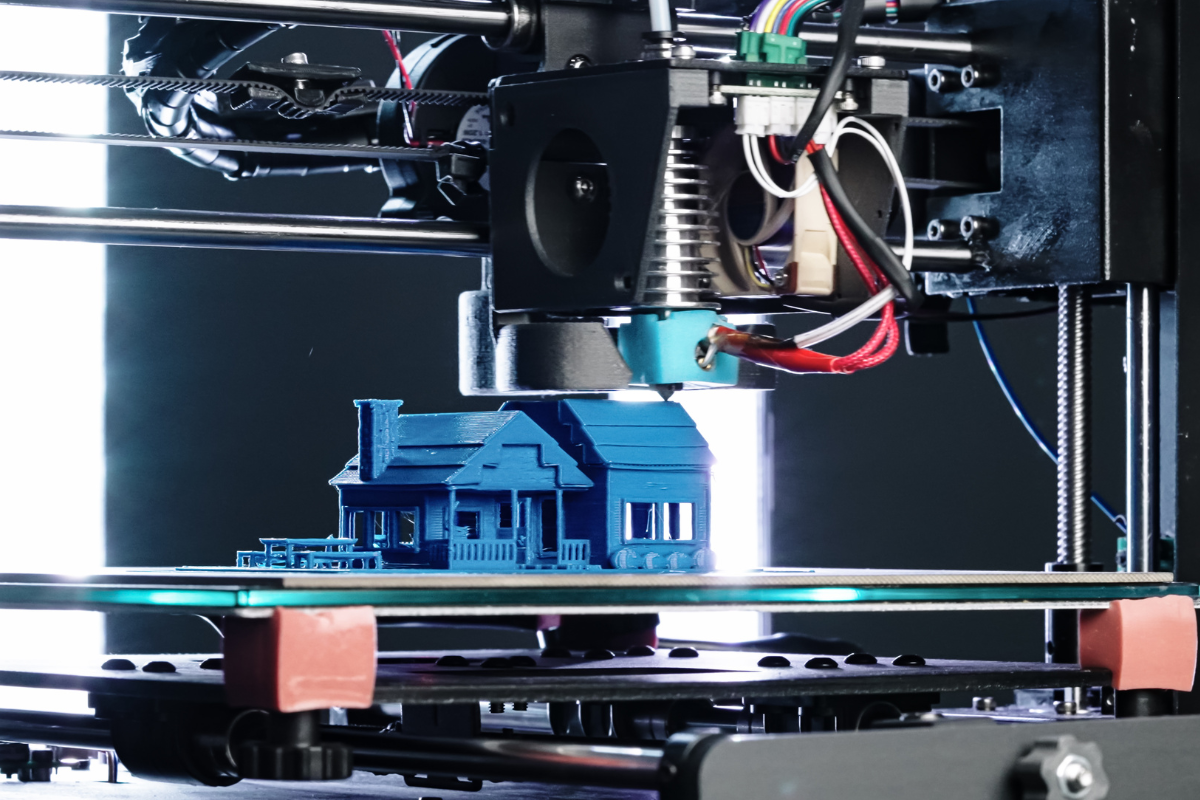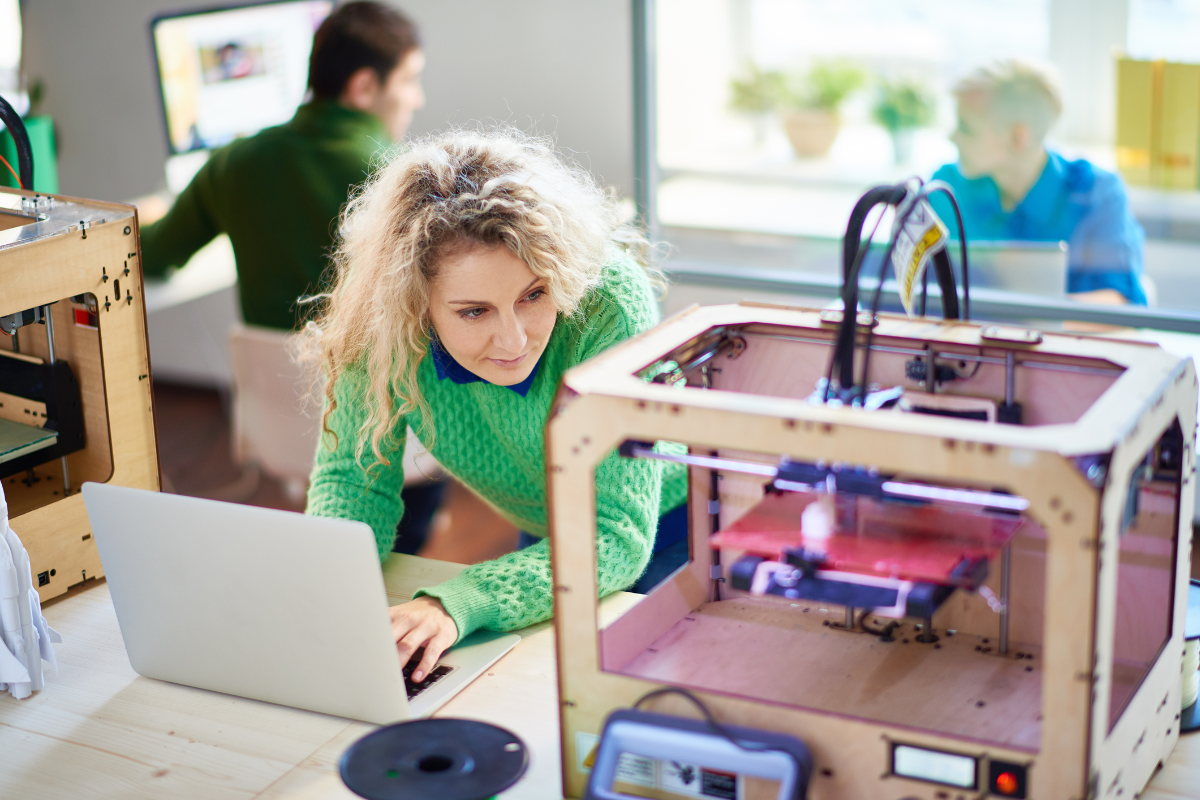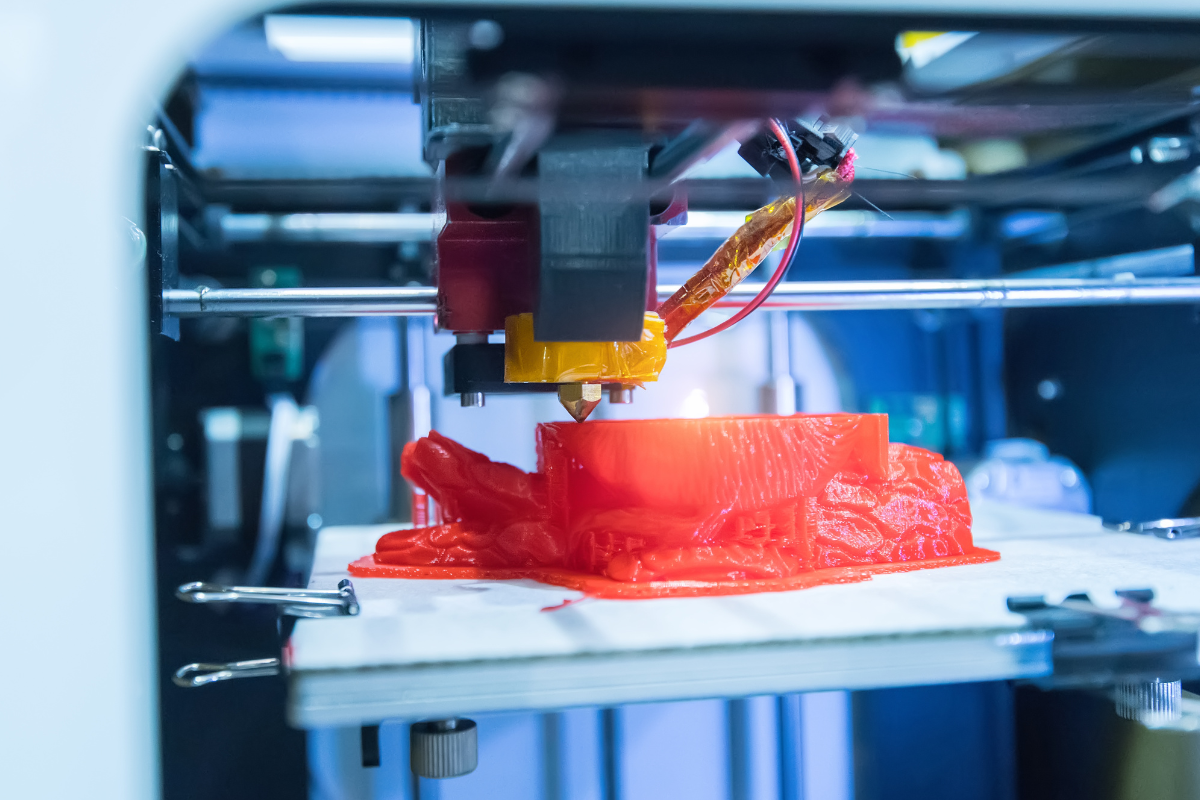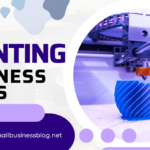The construction industry is renowned for its constant embrace of technological advancements, and the advent of the site print robot, powered by 3D printing technology, has emerged as a significant transformative force.
This innovative approach enables the production of construction components directly at the job site, representing a profound shift in conventional construction practices.
The potential impact of on-site printing on the industry is vast, promising enhanced efficiency, cost reduction, and reduced wastage.
The rise of the site print robot signifies a paradigm shift in construction, as it redefines traditional practices by integrating cutting-edge technology into the heart of the construction process.
It allows for rapidly creating components and structures with precision and efficiency.
This article delves into the cost-efficiency of on-site printing in construction, exploring how the print robot is reshaping the industry by reducing material costs, increasing labor efficiency, offering design freedom, promoting sustainability, and cutting transportation expenses.
Post Contents
The Rise Of On-Site Printing
The construction industry is renowned for its constant embrace of technological advancements, and on-site printing, driven by 3D printing technology, has emerged as a significant transformative force.

This innovative approach enables the production of construction components directly at the job site, representing a profound shift in conventional construction practices.
The potential impact of on-site printing on the industry is vast, promising enhanced efficiency, cost reduction, and reduced wastage.
Material Cost Reduction
One of the primary advantages of on-site printing in construction is its ability to decrease material costs substantially.
Traditional construction materials, including concrete, steel, and wood, come with hefty price tags linked to manufacturing, transportation, and storage.
With on-site printing, materials are produced as needed, dramatically reducing the need for excessive stockpiles.
This streamlined approach minimizes waste and delivers significant savings in material expenses, making construction projects more financially feasible.
Labor Efficiency
Labor costs are a significant component of construction project budgets. On-site printing revolutionizes this aspect by substantially diminishing the demand for skilled labor to create intricate components.
Unlike human workers, 3D printers can operate continuously, providing consistent results without requiring breaks or rest.
This heightened efficiency reduces labor expenses and accelerates project timelines, ensuring quicker project completion.
Customization And Design Freedom
On-site printing offers an unprecedented level of customization and design freedom in construction.
Architects and engineers can now conceive and execute intricate and unique components that would otherwise be prohibitively expensive or complex to produce using traditional methods.
This newfound flexibility empowers construction professionals to craft cost-effective, architecturally captivating structures tailored to meet specific functional requirements.
Waste Reduction And Sustainability
Construction has long been associated with generating a significant amount of waste, which contributes to environmental concerns.
On-site printing is an important step towards reducing this environmental impact by developing materials only as needed, thereby eliminating the need for excessive material disposal.
Additionally, the precision of 3D printing ensures that materials are used with utmost efficiency, further bolstering sustainability in construction projects.
Reduced Transportation Costs
The transportation of construction materials has historically been a logistical challenge, particularly for large-scale projects.

On-site printing addresses this challenge by reducing the dependence on transporting heavy materials over long distances.
The shift toward producing materials at the construction site reduces transportation costs and contributes to the broader goal of reducing the environmental impact associated with construction-related emissions.
Enhanced Safety
On-site printing, facilitated by site print robots, significantly enhances safety on construction sites.
Traditional construction processes often involve risky tasks, such as cutting and shaping materials, which can lead to accidents.
With on-site printing, these dangerous tasks are minimized, as the robot automates and does much of the work.
This reduces the risk of on-site injuries, making construction sites safer for workers. Additionally, the precision of 3D printing ensures that components fit together seamlessly, minimizing the chances of structural failures that could pose safety hazards.
Remote Construction
Another remarkable aspect of on-site printing is its potential to enable remote construction.
Site print robots can be operated and monitored remotely, allowing for construction projects in remote or hazardous locations where human presence is limited.
This opens up new opportunities for construction in areas with challenging environmental conditions or situations where human safety may be compromised.
The ability to deploy a site print robot to a construction site without needing a sizeable on-site workforce can significantly reduce costs and increase the feasibility of projects in remote or inaccessible locations.
Conclusion
In conclusion, the site print robot has ushered in a new era of cost-efficiency and innovation in the construction industry.
This remarkable technology addresses many of the industry’s longstanding challenges by harnessing the power of 3D printing technology directly at the construction site.
It reduces material costs, streamlines labor, fosters design flexibility, champions sustainability, and curtails the logistical burdens of material transportation.
As the construction industry continues its relentless pursuit of progress, the site print robot is poised to become a novelty and the cornerstone of modern construction.
It represents a bright and sustainable future for the sector, where efficiency and environmental responsibility go hand in hand.
The initial investment in 3D printing technology may appear significant, but its long-term dividends in terms of cost savings and enhanced project outcomes make it an invaluable asset.
Embracing the site print robot is not just an option; it’s a vital step toward reimagining and revitalizing the construction industry for generations to come.






























